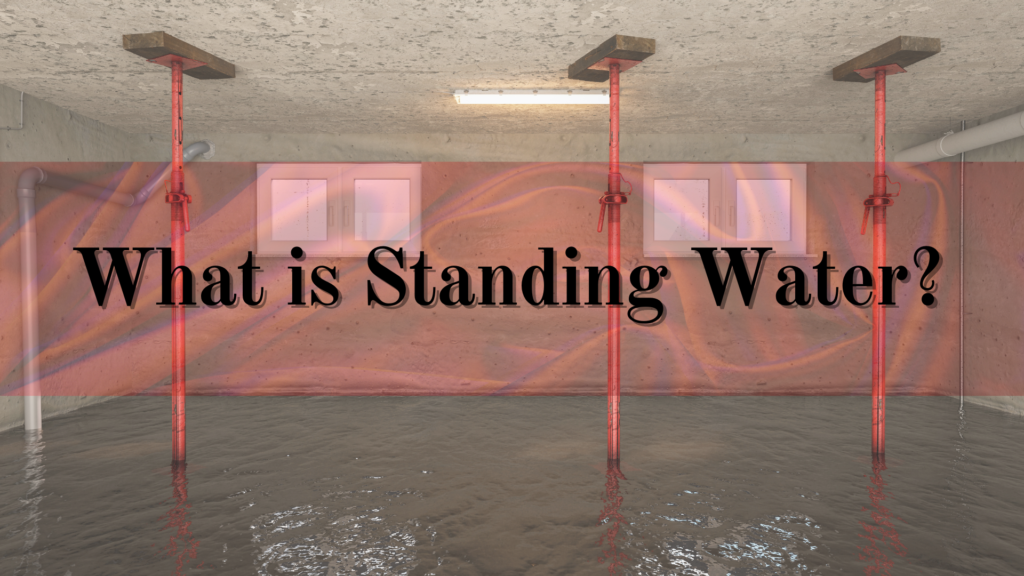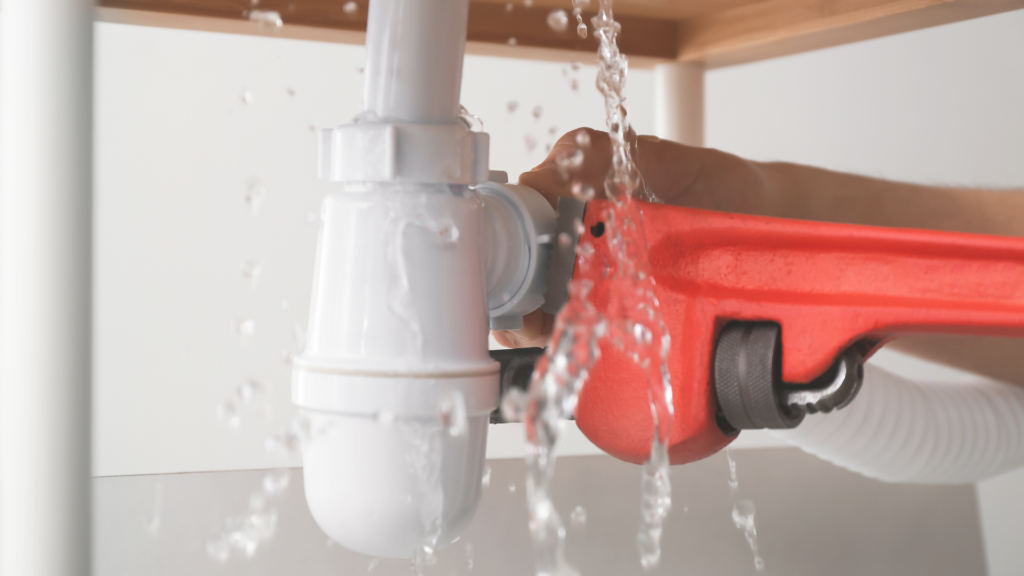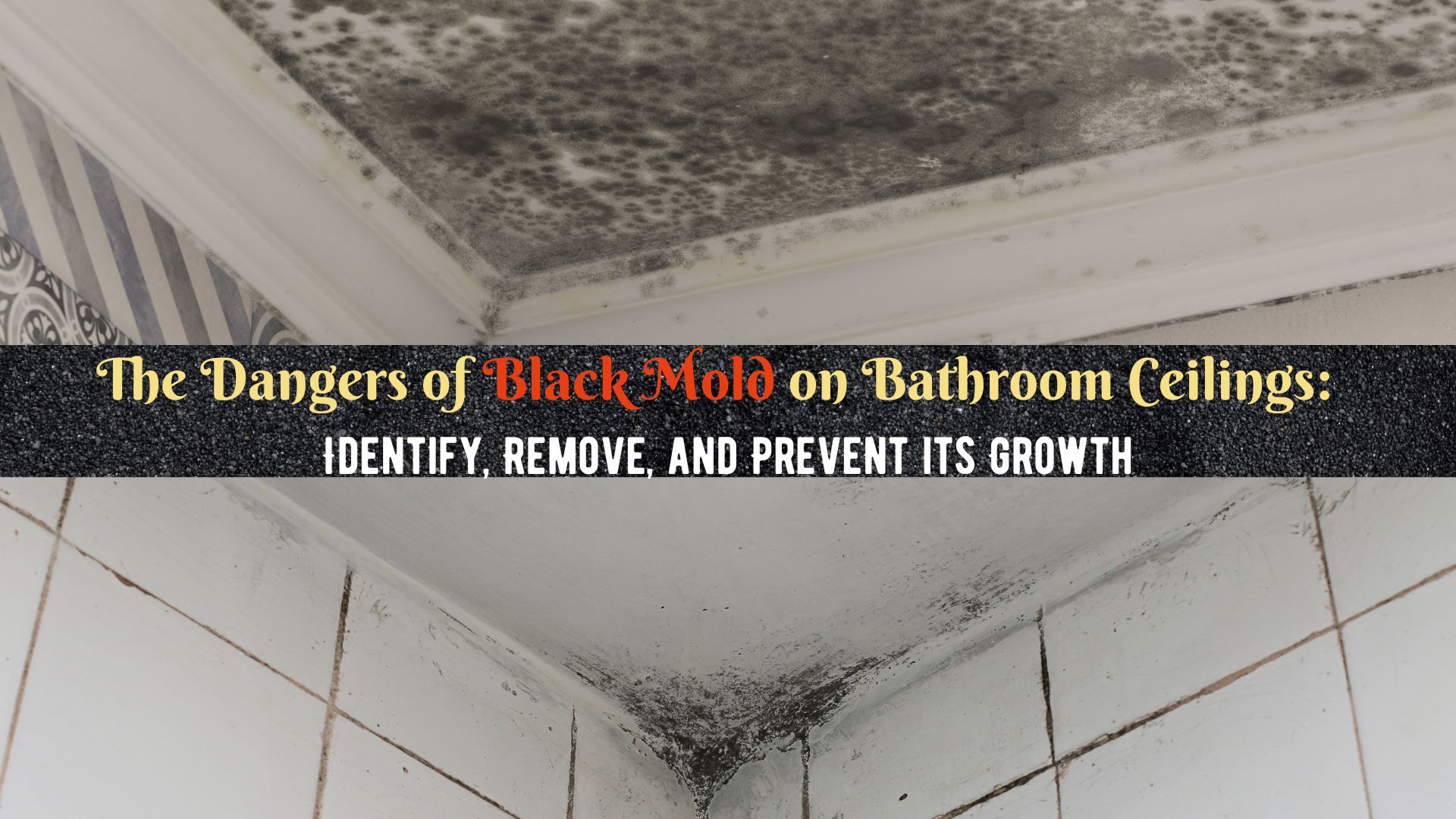What is Standing Water?
Standing water is a common phenomenon that occurs when water accumulates and remains stagnant in an area for an extended period. It can be found in various locations, such as puddles after rainfall, ponds, swamps, or even within our own homes. While standing water may seem harmless, it can pose several risks and issues if left unaddressed. In this blog post, we will delve into the concept of standing water, explore its causes, highlight the associated risks, and provide potential solutions to effectively manage and prevent it.
1. What Causes Standing Water?
Standing water can be caused by numerous factors, including:
a. Poor drainage
Firstly, poor drainage is a common culprit. When drainage systems are inadequately designed or become obstructed by debris, the water is unable to flow freely and ends up pooling in low-lying areas. This can occur in both urban and rural settings, affecting public spaces, roadways, and even residential properties.
b. Heavy rainfall
Heavy rainfall plays a significant role in the occurrence of standing water. During periods of intense precipitation, the volume of water exceeds the capacity of drainage systems to handle the influx. As a result, water accumulates in areas with inadequate drainage, leading to the formation of temporary or prolonged stagnant water. This issue is particularly prevalent in areas prone to heavy rainfall, urban areas with limited green spaces, or regions lacking the proper infrastructure to manage excess water effectively.
c. Landscape topography
Depressions or uneven surfaces, such as basins, low-lying areas, or poorly graded landscapes, create spaces where water naturally collects and stagnates. These natural formations can be exacerbated by factors like soil composition, the presence of impermeable layers, or the shape of the land, leading to the formation of standing water. Understanding the landscape topography is crucial in identifying areas prone to water accumulation and taking appropriate measures to mitigate the issue.
d. Leaking pipes or plumbing issues
When pipes develop leaks or the plumbing system malfunctions, water may accumulate in specific areas, creating localized standing water. This is particularly relevant for basements, crawl spaces, or areas where water supply and drainage systems are present. Identifying and rectifying these plumbing issues promptly is crucial to prevent further water accumulation and mitigate potential damage.
2. Risks Associated with Standing Water
The presence of standing water brings about several risks and hazards that should not be overlooked. Understanding these potential dangers is crucial in order to take appropriate measures to prevent or address them effectively.
a. Mosquito breeding grounds
Mosquitoes thrive in standing water, as it creates a favorable breeding environment for them. Stagnant water is a suitable habitat for mosquito larvae to develop and mature into adult mosquitoes. They are well-known for transmitting diseases like malaria, dengue fever, Zika virus, and West Nile virus. By eliminating or reducing standing water sources, we can significantly minimize the breeding grounds for mosquitoes and subsequently reduce the risk of mosquito-borne illnesses.
b. Property damage
Prolonged exposure to standing water can cause significant damage to structures, foundations, and landscaping. When water accumulates around buildings or other structures, it can lead to erosion, weakening the foundation and compromising the stability of the entire structure.
Additionally, the constant presence of water can deteriorate building materials, including wood, concrete, and metal, potentially resulting in structural damage. Furthermore, stagnant water can seep into the soil, affecting the stability of retaining walls or causing shifts in the ground, which can damage driveways, sidewalks, and other hardscape elements. Additionally, the moisture from standing water can promote the growth of mold and mildew, which not only poses health risks but also requires costly remediation efforts.
c. Slip and fall accidents
Standing water creates slippery surfaces, increasing the risk of slip-and-fall accidents. The stagnant water reduces friction, making it easy for individuals to lose their footing and fall. This can be particularly dangerous in high-traffic areas, such as walkways, parking lots, or stairs. Slip and fall accidents have the potential to cause a range of injuries, varying from minor bruises to more severe consequences such as fractures or head trauma. It is essential to promptly address standing water to prevent such accidents and ensure the safety of pedestrians and occupants.
d. Water contamination
Stagnant water can become contaminated with pollutants, chemicals, or harmful bacteria, posing risks to human health and the environment. When water remains stagnant for an extended period, it is more likely to accumulate various pollutants, such as pesticides, fertilizers, oil, or other chemicals in the surrounding environment.
Additionally, stagnant water can become a breeding ground for harmful bacteria, including E. coli and other pathogens, which can cause waterborne diseases. If not properly managed, the contaminated standing water can seep into groundwater or nearby water bodies, leading to environmental contamination and potential health hazards for humans and wildlife alike. It is essential to prevent standing water from becoming a reservoir for pollutants and bacteria by addressing the root causes and implementing appropriate solutions.
3. Effective Solutions for Managing Standing Water
Addressing standing water issues requires proactive measures and appropriate solutions to effectively manage and prevent their occurrence. Here are further explanations of the suggested solutions:
a. Improve drainage
One of the primary steps in managing standing water is to ensure that drainage systems are functioning properly. Regularly inspect and clear any debris or obstructions that may hinder the flow of water through the drains. Consider installing additional drainage components such as French drains, gutters, or sump pumps to redirect excess water away from the affected area. These mechanisms help prevent water from accumulating and reduce the risk of standing water.
b. Fill depressions
Identifying and filling depressions or uneven surfaces in the landscape is another effective approach to prevent water from collecting in specific areas. Leveling the ground or using appropriate fill materials can redirect water flow and discourage the formation of standing water. By addressing these low-lying areas, you create a more even surface that encourages proper drainage and minimizes the risk of standing water.
c. Proper landscaping
Strategic landscape design plays a crucial role in managing water flow and preventing standing water. Consider incorporating slopes or swales into your landscape design to facilitate water movement away from structures and towards suitable drainage outlets. These features help divert water and prevent pooling in problematic areas. Additionally, using permeable materials for pathways or driveways allows water to permeate the surface, reducing runoff and the accumulation of standing water.
d. Rainwater harvesting
Implementing rainwater harvesting systems is not only an eco-friendly approach but also helps reduce the amount of water that accumulates in the landscape. Collecting rainwater in barrels or cisterns provides an alternative water source for various purposes, such as watering plants or cleaning, which minimizes the reliance on other water sources. By harvesting rainwater, you can alleviate the burden on drainage systems and reduce the risk of standing water formation.
e. Regular maintenance
Regular inspection and maintenance of plumbing systems are crucial in preventing leaks or water accumulation within buildings. Identify and fix any plumbing issues promptly to avoid water seepage or pooling that can lead to standing water indoors. Additionally, routine maintenance ensures that drainage systems, gutters, and downspouts function optimally, reducing the risk of standing water around your property.
By implementing these solutions, you can effectively manage and prevent standing water issues. It is important to tailor these approaches to the specific needs and characteristics of your property. Consultation with professionals, such as landscapers or plumbers, can provide valuable insights and expertise in addressing standing water concerns and promoting a healthy, safe, and dry environment.
Mitigating Standing Water Risks with Superior Restoration of Corona
In the face of standing water challenges, it is important to seek professional assistance to ensure effective resolution. Superior Restoration of Corona is a trusted provider that specializes in water damage restoration and remediation services. With their expertise and experience, they can help address the issues associated with standing water and mitigate its risks.
Superior Restoration of Corona offers a range of services tailored to combat standing water issues. Our team of skilled professionals can assess the situation, identify the root causes of standing water, and develop a comprehensive plan to eliminate or manage it effectively. Whether it involves improving drainage systems, repairing plumbing issues, or implementing proper mitigation strategies, Superior Restoration of Corona has the knowledge and resources to tackle the task at hand.
Moreover, we understand the potential hazards linked to standing water, such as property damage, mold growth, health risks, and environmental concerns. We employ industry-standard techniques and state-of-the-art equipment to remove standing water, dry affected areas, restore damaged structures, and ensure a safe and healthy environment.
Choosing Superior Restoration of Corona not only guarantees expert assistance in managing standing water but also provides peace of mind. Our commitment to exceptional service, efficiency, and customer satisfaction sets us apart as a reliable partner in mitigating the risks associated with standing water.
Open 24/7, ready to serve you. Don’t let standing water become a persistent problem—take action today with the help of Superior Restoration of Corona.






